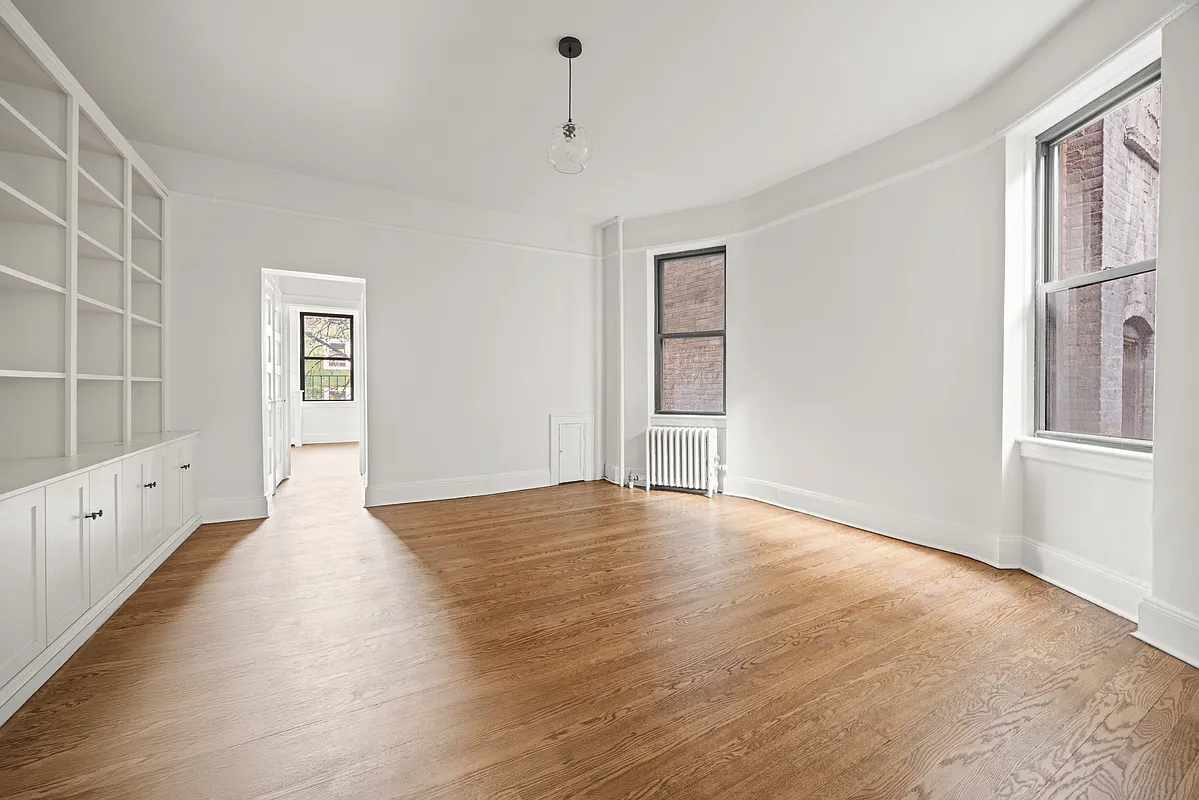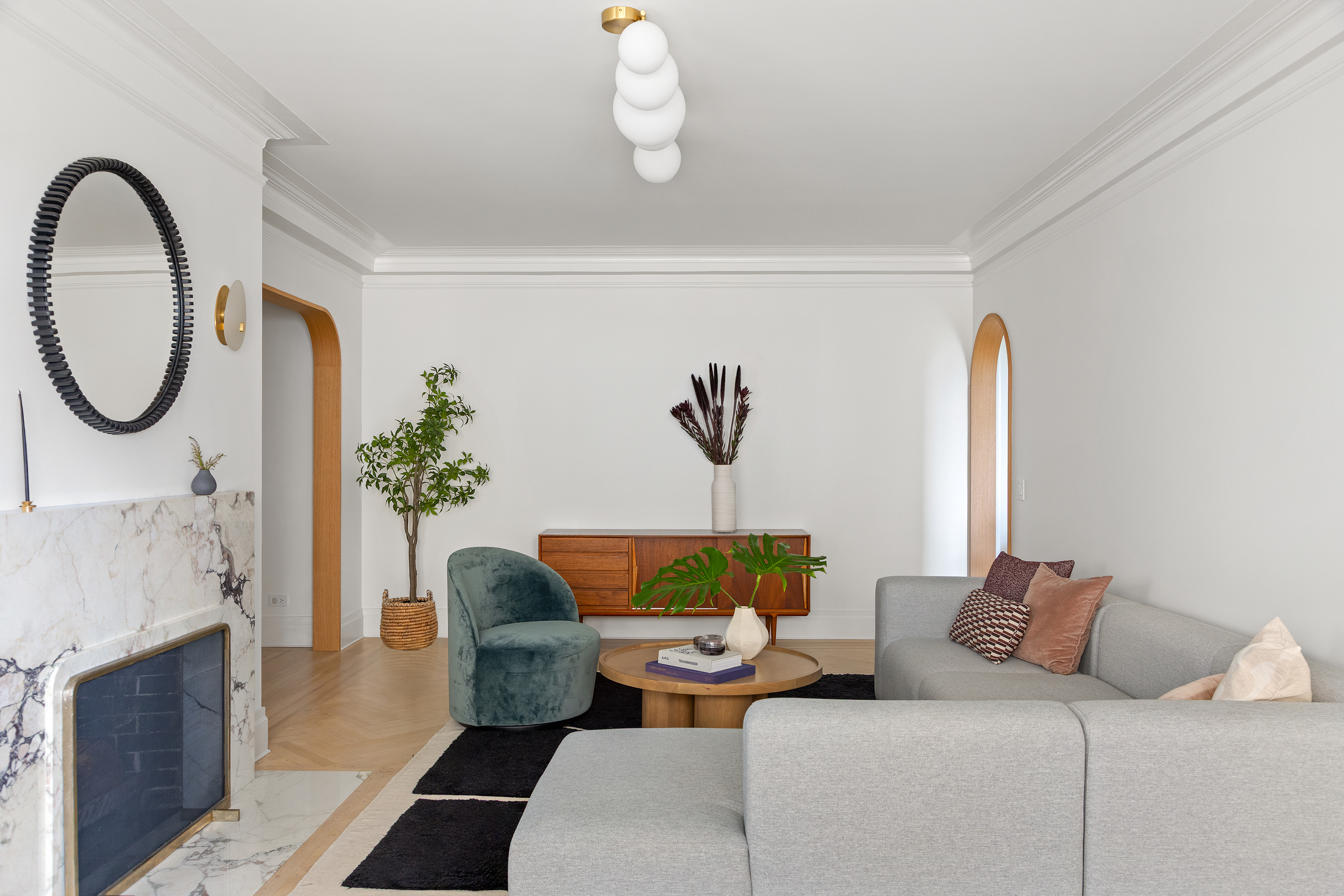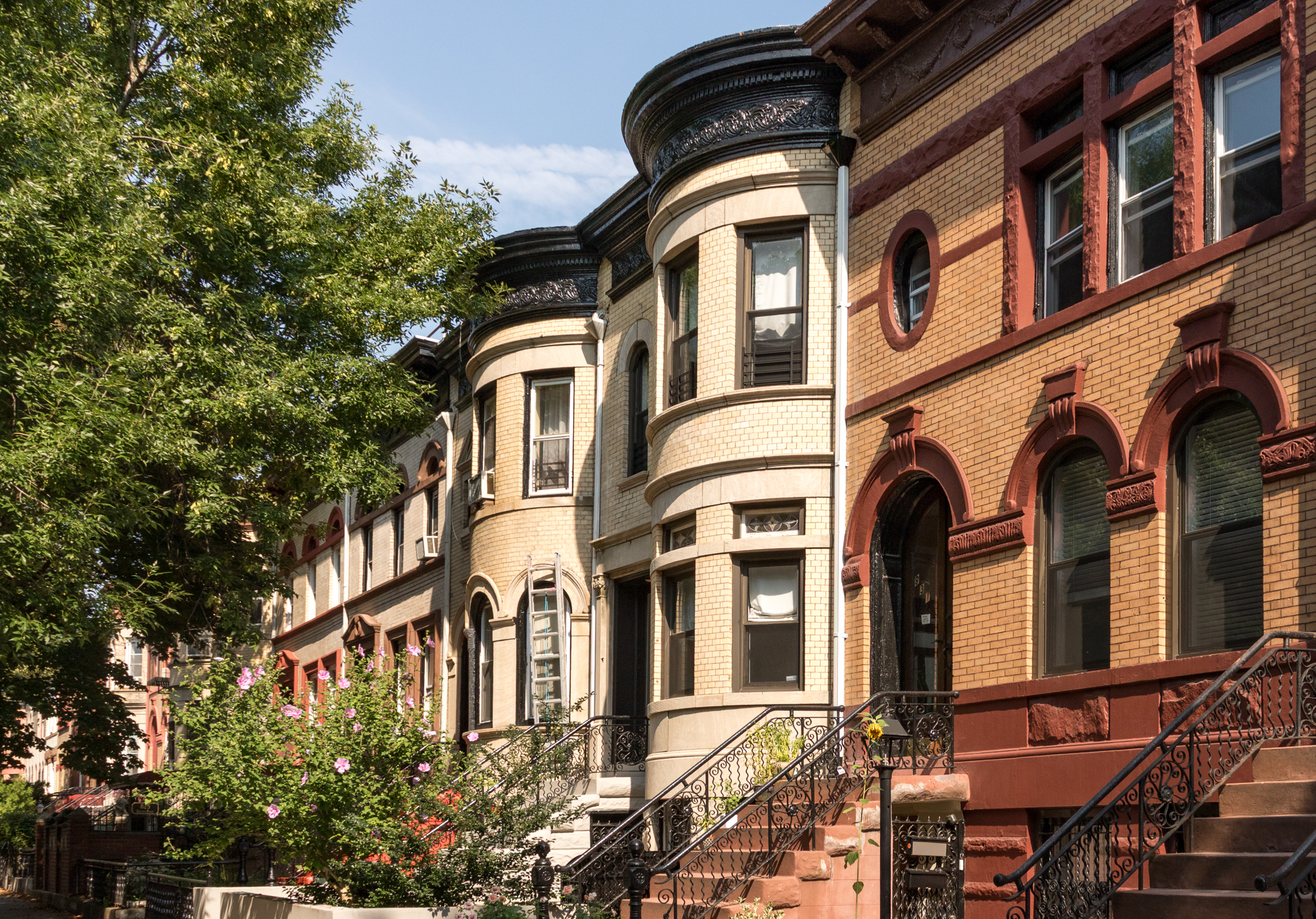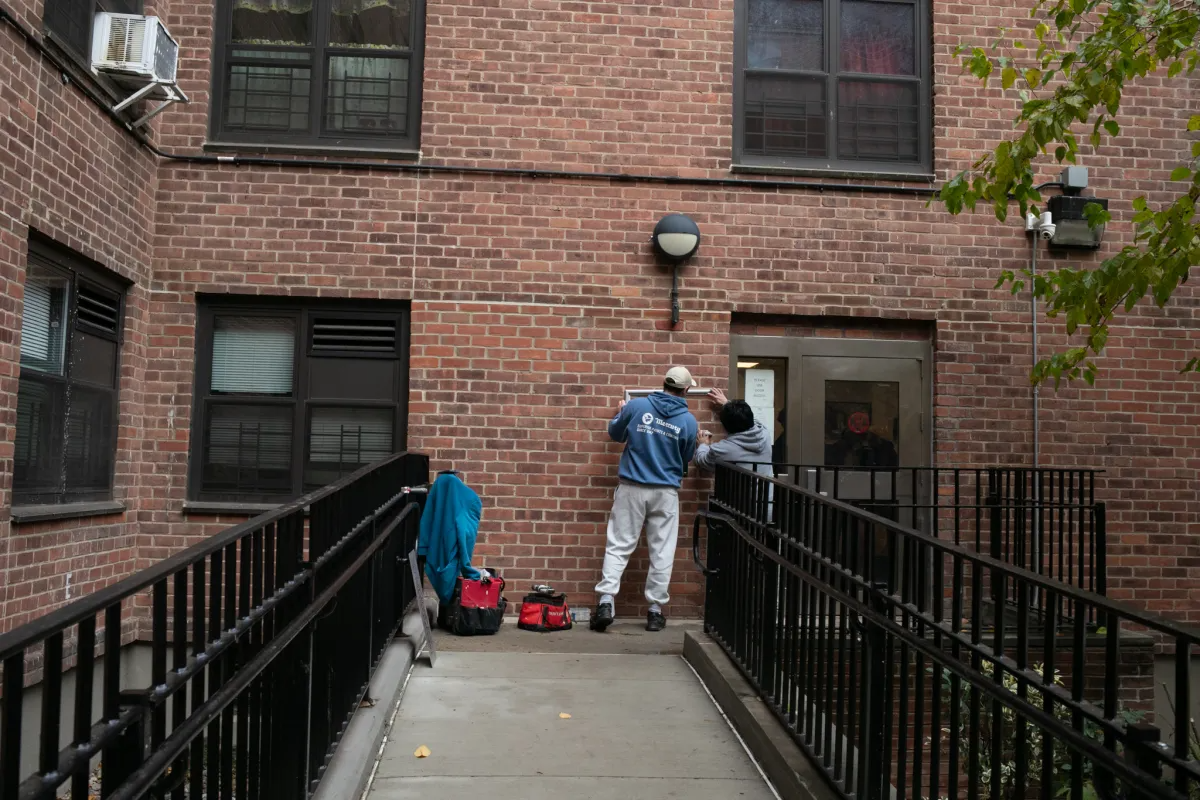Queenswalk: The Forest Park Carousel
Just last month, the Landmarks Preservation Commission designated the Forest Park Carousel a landmark, protecting it for future generations of children and adults to enjoy. Although the carousel was not built for the park, and has only been there since 1973, it remains a remarkable piece of folk art, an important example of a European…


Just last month, the Landmarks Preservation Commission designated the Forest Park Carousel a landmark, protecting it for future generations of children and adults to enjoy. Although the carousel was not built for the park, and has only been there since 1973, it remains a remarkable piece of folk art, an important example of a European tradition that became as American as Coney Island or a county fair. There are very few original carousels left, anywhere, and only two in the United States by the firm of D.C. Muller & Brother, out of Philadelphia.
The carousel actually had its origins in war, not children’s entertainment. Historians believe the first carousels date back to the Byzantine era, where troops trained for combat by battling figures on a revolving stage. The concept came alive again in France, in 1599, where French horsemen trained in a similar way, combatting armed straw figures revolving on a platform. By the 1700s, the carousel became domesticated, with elaborate seats and figures, popular in Parisian parks, as well as on country estates. The oldest existing carousel is in Hanau, in central Germany. It was built in 1780, and initially was pulled by a team of local serfs, but they were later replaced by oxen. And people wonder why the serfs rose up.
By the 1860s, steam power had replaced man and oxen power, and the grand golden age of carousels was soon upon the United States. Between 1880 and 1920, hundreds of carousels were built for amusement parks, seaside resorts, fairs and municipal parks all across the country.
By the end of the 19th century, there were at least sixteen companies making carousels in the United States. One of the earliest and best of these was the company belonging to Gustav Dentzel. He had come to the United States from Germany, and began his career in Philadelphia as a furniture maker, but soon found himself making carousels, advertising himself in 1867 as “G. A. Dentzel, Steam and Horsepower Caroussell Builder.” Two of his best carpenters and carvers would take their start with Dentzel, and later make a name for themselves in Brooklyn. Their names were Daniel and Alfred Muller.
There are three styles of animal carving in American carousels; the County Fair carousels, which had simpler figures, easily stacked and transported from place to place. These figures were made to last and take a beating, so the designs were simple and easy to repair and repaint. The Coney Island carousel figures were the second type, and most were made by Brooklyn carousel companies. These animal figures were more ornate, with elaborate carvings, and were often decorated with gold or silver leaf, and bright jewels. Finally, there were the Philadelphia carousels, which were known for their naturalistic animals and figures. The Muller’s, who were in this last school, were renowned for their attention to detail in the anatomical features of the animals, and the intricate detailing of the accessories and military trappings of the saddles and accoutrement.
The Muller family came to the United States from Germany in 1882. Daniel and Alfred were children. They lived in Brooklyn for a few years, where their father, John Henry Muller, worked with a Danish immigrant named Charles Looff, with the installation of the first carousel in Coney Island; on Surf Avenue, in 1876. They then moved to Pennsylvania, where Daniel excelled in art school, studying sculpture. He and his brother always worked on carousels, working part-time in both Brooklyn, for Charles Looff, and then in Philadelphia, for Gustav Dentzel. When the brother’s parents died unexpectedly, Dentzel provided them with a home. They stayed employed by Dentzel until 1899, and eventually founded their own workshop in Philadelphia in 1902. The shop stayed open until 1917, when they went back to work with the Dentzel family, this time for Gustav’s son, William.
During the time they had their own workshop, Daniel C. Muller and Brother, they proudly produced, as their business card said, “Caroussels of high artistic merit.” D.C. Muller and Brother only created twelve to sixteen carousels in their shop, and only two survive. The Forest Park Carousel is one of them. Daniel Muller is considered by Frederick Fried, a carousel expert, to be the greatest of all master carousel carvers and his horses the “best carved and most magnificent.”
Most of New York City’s carousels originated in the carousel workshops of Brooklyn. There were six workshops, the greatest concentration anywhere, here in the city. The oldest intact carousel in the city is the Solomon Stein and Harry Goldstein carousel built in 1908, which now lives in Central Park. It was built for Coney Island, as was the carousel in Prospect Park, dating from 1914-1916.The first carousel to sit in Forest Park was built by William Dentzel, the son of Gustav. It was probably built in 1916.
In 1966, it burned down in a suspicious fire, and the city sought to replace it, using money from the insurance. A multi-year search commenced, with the panel charged with finding a new carousel looking at over two dozen carousels from all over the country. The panel was led by Arthur Schleifer, the director of park planning for the new concessionaire of the park, Restaurant Associates, and Frederick Fried, a collector and scholar, one of the first to recognize the carousel as an important form of American folk art. In 1973, the committee conduction the search finally found the right one, a Muller carousel which now belonged to architect Victor F. Christ-Janer. It cost $30,000.
Before Christ-Janer purchased the carousel, it had been in a small resort park called Lakeview Park, in Dracut, Massachusetts, near Lowell. By the time Restaurant Associates purchased it, the carousel had several replacement horses, and was also in need of restoration. Victor Christ-Janer was asked to design a new pavilion for the carousel. He designed a modern circular structure with metal doors that seem hidden when raised, all over a distinctive conical roof. Because the pavilion is on top of a wooded hill, the roof of the building seems to float above the carousel, which can be seen from all approaches to the hill.
Construction of the new building began in 1971, and the dedication was in 1973. The carousel itself had been carefully restored by three technician/artists, who took care to lovingly restore this grand piece of art. Muller’s horses are masterpieces, almost alive with flowing manes and tails, and accurately portrayed musculature. He also was meticulous in his depiction of the trappings and accessories.
Most of the figures have been dated from between 1903 to 1910. There are three rows of figures on four levels. The carousel has 46 wood horses and 3 wood menagerie animals, including a lion, deer, and tiger. Three of the horses are not original, and were carved by two other studios. Two are by Brooklyn carousel maker Charles Carmel, and one horse is by William Dentzel. There is one empty pole on the carousel, waiting for another Muller horse to appear on the market.
The carousel also has several sleighs, and the original band organ, which stands near the center of the revolving platform. It is housed in an elaborate carved case, and was manufactured in Germany by the Ruth and Sohn Band Organ Company, a celebrated fairground organ company that was in existence from the 1840s until 1938.The organ originally played calliope music through its nine pipes, with drums and cymbals. The music was on rolls which fed through the organ. Today, the music is pre-recorded on a separate sound system.
Since its original installation in 1973, the carousel has had a rocky road. In 1984, it was shut down for four years. In 1988, the Fabricon Design Group in Queens was hired to do a complete restoration, and to run the concession for four years. They stripped the paint from each figure, and restored missing pieces, finding old wood in the undercarriage for the job. The figures were all repainted in the original colors, and the company constructed the ticket booth and fabricated other missing elements of the actual carousel. The carousel reopened in 1989, but was shut down almost immediately by a cracked main gear. More repairs were made to the structure and the mechanics before the carousel was returned to service.
In 2002, artist Jonathan Lev was commissioned to replace the rounding boards that surround the upper ring of the carousel. He painted nine landscape scenes of the area of Forest Park, Forest Hills, automobiles and the carousel itself. With the panels installed, the carousel was now complete. It was entered into the National Register of Historic Places in 2004. The carousel was shut down again, between 2008 and 2011, but finally reopened again in 2012 under a new concessionaire. The Landmarks Preservation Commission designated the carousel as a New York City landmark on June 25, 2013. In its report, the Commission stated that the Forest Park Carousel has “a special character and a special historical and aesthetic interest and value as part of the development, history, and cultural characteristics of New York City.” The Carousel is located at Woodhaven and Myrtle avenues, in Forest Park. GMAP










What's Your Take? Leave a Comment